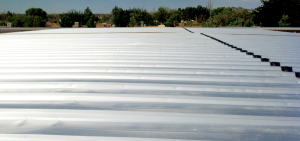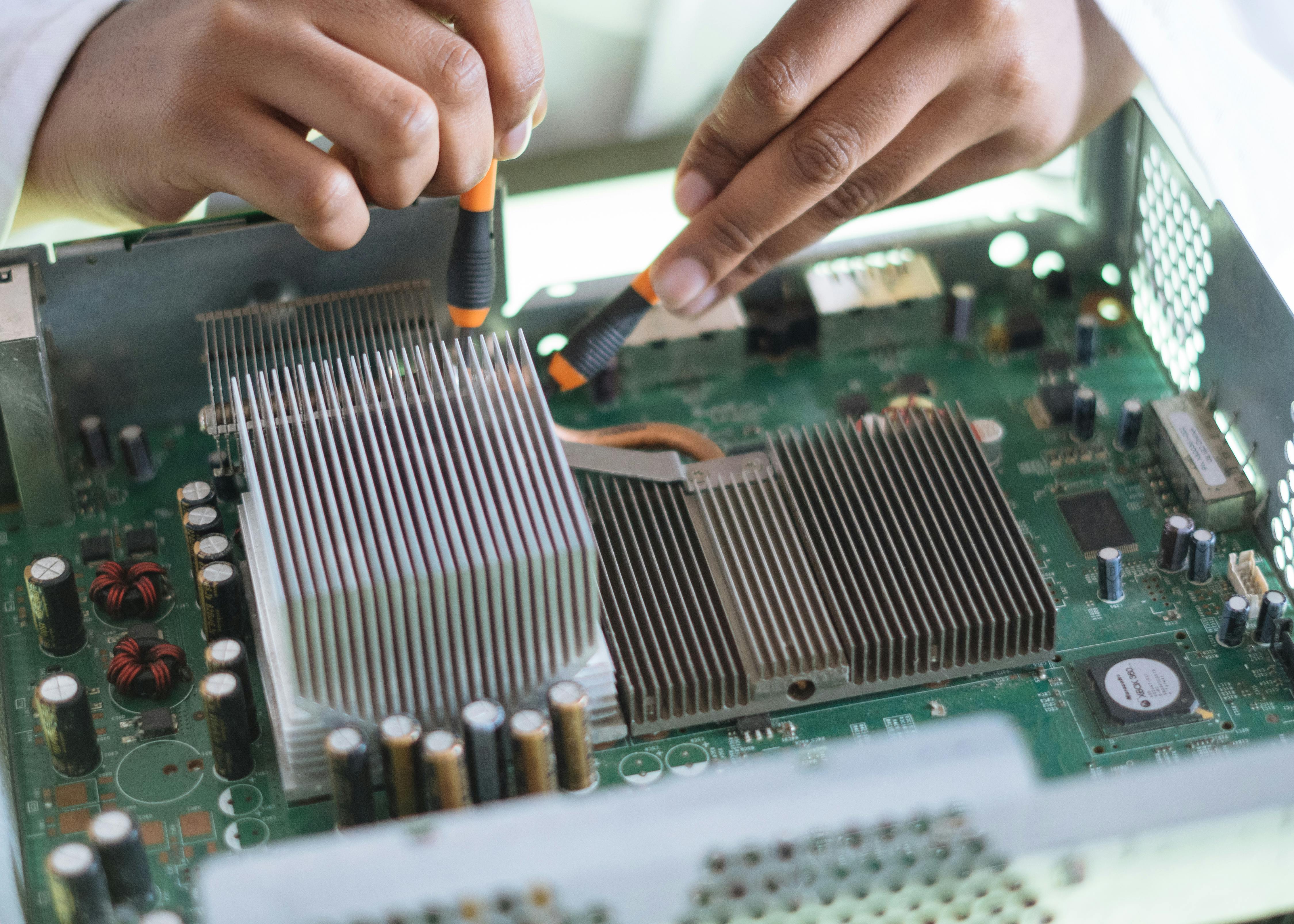How Flat Roofing Performs
The quality of your flat roof is a key factor in preventing leaks and other roofing problems. It’s important to inspect your flat roof regularly and to use a roofing system that can handle harsh weather conditions. The damage a flat roof suffers during bad weather can vary depending on the type of wind and its strength. Here are some things to look for: When powerful storms hit, flat roofs are exposed to increased damage and wear. This is especially true of winds, which can cause uplift and allow rain or snow to get underneath roofing materials.
Often, this will result in the weld seams of a membrane to separate, leaving gaps for water to seep in. The severity of this problem depends on several factors, including the roofing material and its location. Typically, the best way to prevent such issues is to develop a plan of action for extreme weather conditions and conduct regular visual inspections. These inspections should include examining all the materials, flashings, and drainage systems on the flat roof. In addition, contractors should look for signs of leaks and pooling water. It is also important to keep in mind that the pitch of a roof will affect its ability to withstand high winds and heavy rains. The steeper a roof is, the less likely it is to be damaged by severe weather.

A Flat Roofing that is not properly maintained can suffer from ponding water, leaks and structural damage. Fortunately, there are a variety of roofing systems that are designed to withstand extreme weather conditions like rain and snow. Choosing the right roofing system depends on climate, building requirements and budget. Built-up roofs (BUR), modified bitumen roofing and single-ply membranes such as EPDM can all be used in harsh environments.
How Flat Roofing Performs in Extreme Weather Conditions
To help prevent leaks, flat roofs should be regularly cleared of leaves, debris and other items that might block drains or clog gutters. It’s also important to trim back any overhanging trees or vegetation, as branches can scratch or puncture the surface of a flat roof. Additionally, moss and algae should be removed promptly to avoid any structural problems. Finally, snow should be cleared promptly to prevent excessive weight and strain on the roof structure. For the best results, consult a professional roofer to inspect a flat roof before and after severe weather events.
The ability for Barrie Roofing to hold snow and rain is a major factor for owners of buildings in colder regions that receive a lot of winter precipitation. The roof should have a complex water drainage system to funnel snow and rainfall away from the structure. Without this, the water that has collected can cause ponding which in turn puts pressure on the surface. Since water is heavy, it can cause the roof to lose its structural integrity and could even leak into the building.
The same problem can also arise if the gutters or drains are blocked, leaving nowhere for the water to escape. This can cause it to re-freeze and again place pressure on the roof. Repeated freezing and thawing can damage the material and cause it to degrade. This is why maintenance and routine inspections are so important. A regular inspection by a professional can ensure that any potential issues are dealt with immediately.
Whether flat or pitched, roofs need regular maintenance to prevent leaks and prolong their lifespan. The good news is that, compared to the traditional roofing system, flat roofs are less complicated to maintain. However, this advantage can become a disadvantage during extreme weather conditions such as heat and humidity. In this blog post, local custom metal roofing contractor Arrowhead Roofing explores how these weather conditions affect different types of flat roofs.
Name : Barrie Roofing & Repair Contractors
Address: 279 Yonge St, Barrie, ON, L4N 7T9 P.O Box#23013
Phone: 705-999-7628


